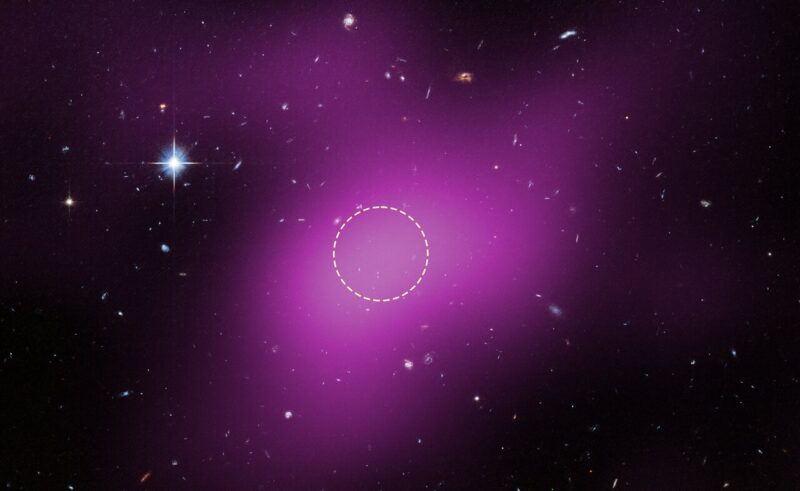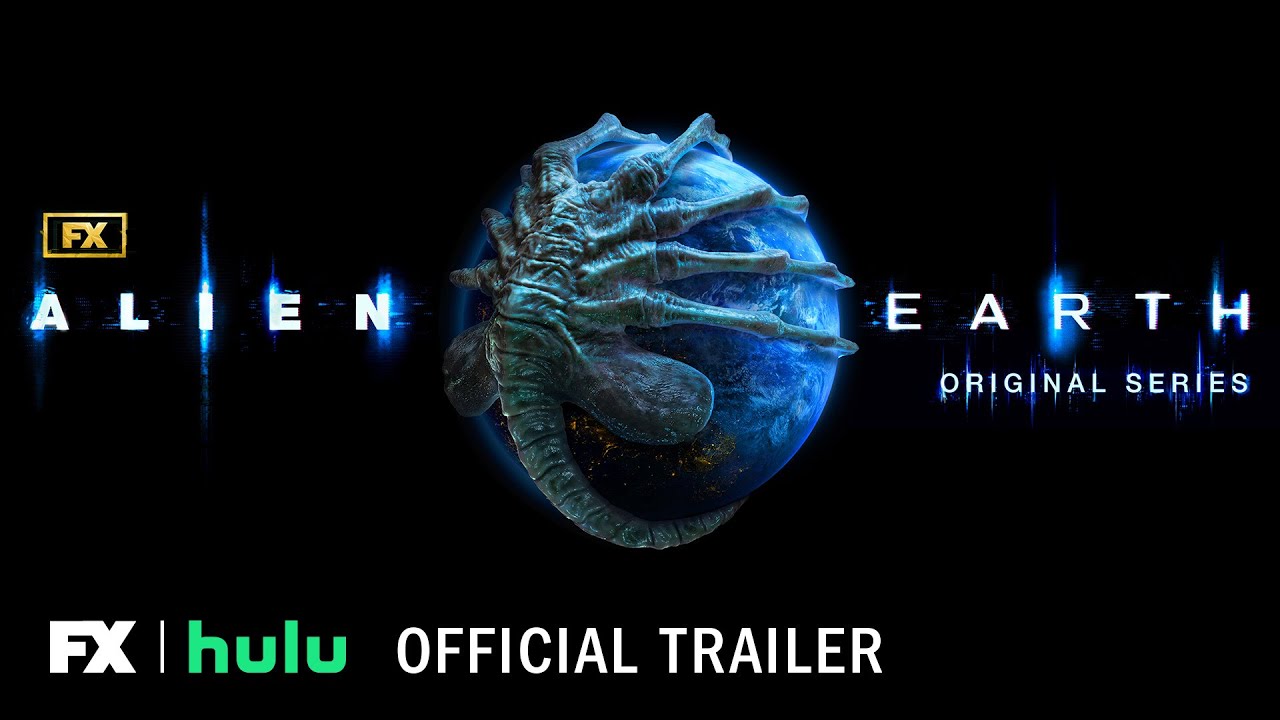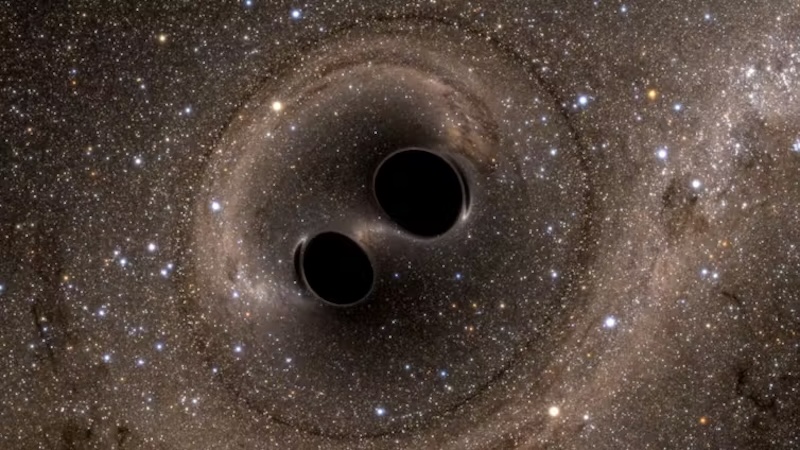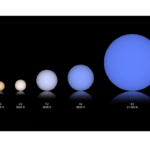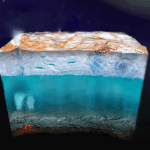Now Reading: 9 mind-blowing space facts that will shock you
-
01
9 mind-blowing space facts that will shock you
9 mind-blowing space facts that will shock you
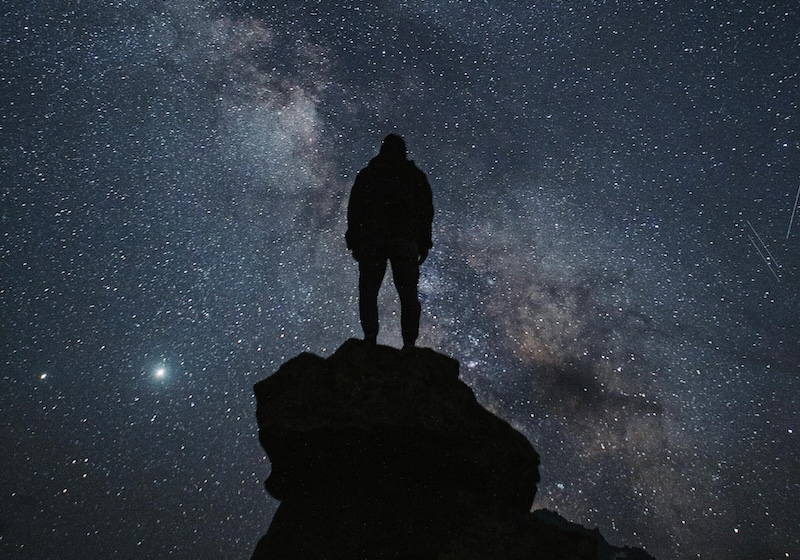

9 mind-blowing space facts that will shock you
When it comes down to it, almost everything about space is amazing. The billion-year lifespans of some stars, the enormousness of our universe, the bizarre behavior of black holes … they can all leave you scratching your head. Here are 9 truly mind-blowing facts about our Earth, sun, solar system and universe that will make you a hit at your next dinner party.
1. There might be dinosaur fossils on the moon
Some 65 million years ago, an asteroid hurtled toward Earth. When it hit, it helped bring about a mass extinction and the end of the dinosaurs. By this time, dinosaurs had already been around for some 200 million years. So, many generations had already died and their bones had become fossilized in earthly rocks. When the dinosaur-killing asteroid hit Earth, it impacted so violently that some of the rocks jettisoned from the impact flew into space. And it’s possible some of those rocks with fossilized dinosaurs might have landed on the moon. Therefore, there could be rocks with dinosaur fossils on the moon.
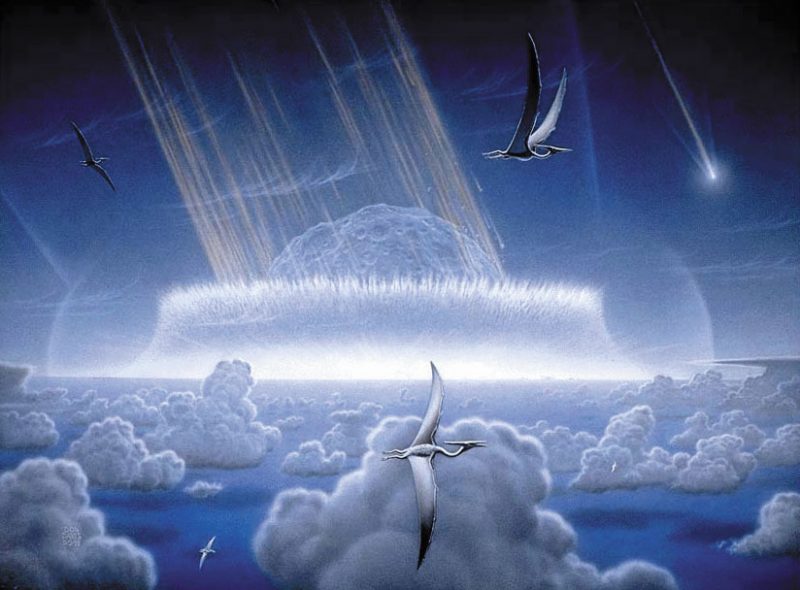
2. All the planets could fit between Earth and the moon
The distance between objects in space is vast. As an example of this, if you took all the other planets in the solar system, you could pack them tightly between Earth and the moon. There are a couple of caveats here. First, we are stacking the planets pole to pole so we don’t have to worry about Saturn’s rings. Second, we’re performing this feat during apogee, or when the moon is farthest away from Earth in its elliptical orbit. Lastly, we’re not including Pluto because it’s not a planet, despite what you may have learned as a kid.

3. If we could hear the sun, it would be deafening
Sounds waves can’t travel through the vacuum of space. And while it might seem charming to not only see but be able to hear the universe around us, mostly what we’d hear is the sound of the sun screaming. Because – if sound waves could travel through space – we’d hear the sun roaring. That roar would pound our ears at about 100 decibels. That’s like standing next to Niagara Falls all day long. Fortunately, as night falls and we turn away from the sun, we’d get a little bit of peace and quiet.
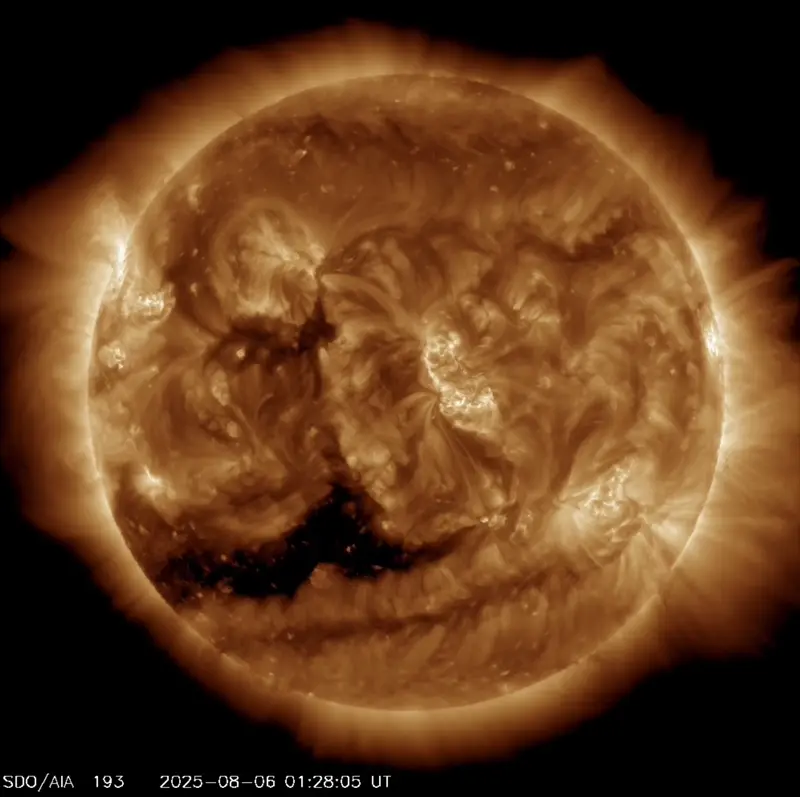
4. That roar would linger
And – if you could hear the sun and it suddenly disappeared – the light from it would be gone in 8 minutes but the sound would continue for 13 years. Light traveling from the sun to Earth takes 8 minutes to reach us. But light is more than 850,000 times faster than sound. So if sound could similarly travel through space, what we hear at this moment is really closer to 13 years old. So if the sun winked out, the last rays of light would end in about 8 minutes, but the roaring would continue for 13 years.
5. The dinosaurs didn’t see the same constellations we do
Stars are born, move through space, evolve and die. Some of the stars we see now didn’t exist during the Age of Dinosaurs, from about 252 million to 66 million years ago. So when the dinosaurs looked up at the night sky, they saw different stars and constellations than we see now. Consider the constellation Orion the Hunter. Its bright blue star denoting one knee is Rigel, which is just 8 million years old. And its famous red star Betelgeuse marking Orion’s shoulder is only 10 million years old. The dinosaurs did not see the figure or Orion, nor the Big Dipper, nor the Teapot of Sagittarius. But also, our solar system is orbiting the center of the Milky Way galaxy. And during the height of the dinosaurs, Earth was on the other side of the galaxy than it is now.
6. Galactic collision doesn’t mean stars crash, too
You might have already guessed from mind-blowing fact number two, but there is a lot of space in space. In fact, there is so much space between things in our universe that even though the Milky Way and Andromeda galaxies might collide and merge one day, it’s unlikely that any of its planets or stars will collide.
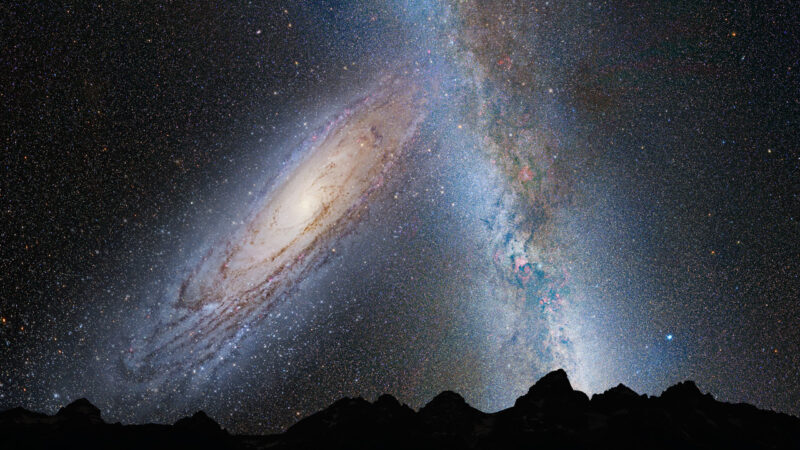
7. There are countless galaxies packed into every patch of sky
If you’ve ever taken time to gaze at some of the deep-field images from our best telescopes, you already know the universe is absolutely packed with galaxies. From the Hubble Ultra Deep Field to the James Webb Space Telescope’s view of distant galaxies to the new Vera C. Rubin Observatory’s look at our distant universe, galaxies are packed in everywhere we look. Brian Greene is a theoretical physicist at Columbia University and author of Until the End of Time. He said:
Hold your thumb at arm’s length against the night sky, and it will cover more than 10 million galaxies in the observable universe.
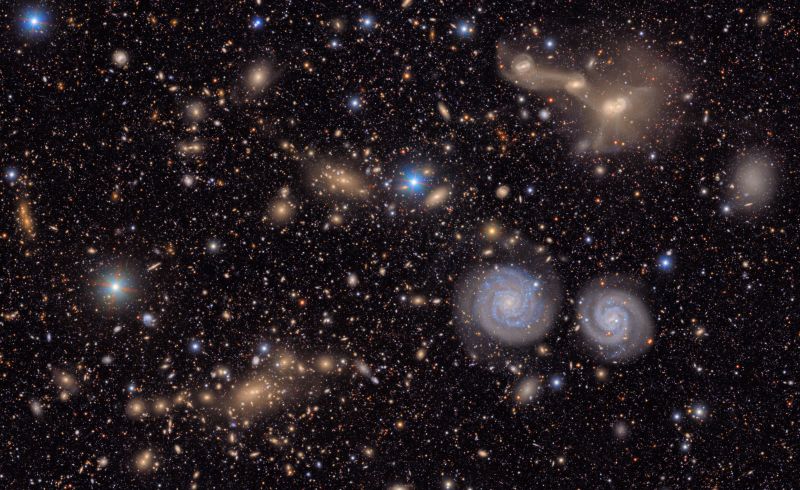
8. The observable universe is wider than light has had time to travel
So what is the observable universe? It’s all the light we can see in the universe. And although light is speedy, it still has its limits. We can only see the light that has had time to travel to Earth since the beginning of the universe. So while the universe might be infinite, our view of it is not. Our view of the universe stretches in every direction around us for about 46.5 billion light-years. Therefore, the total width of the observable universe from one side of us to the other is 93 billion light-years wide. But we measure our universe at nearly 14 billion years old, starting with the Big Bang. So how is the observable universe wider than its age would suggest? It’s because the universe is expanding. So while light from the farthest observed objects has traveled for 13.8 billion years, the space they are in has also expanded, resulting in a much larger observable universe.
9. Most of the universe will move beyond our sight
If we look far, far into the future, eventually the view we have from the Milky Way galaxy will become limited by the expanding universe. Astronomers call the boundary of our observable universe the cosmic event horizon. And because of the finite speed of light travel, we can never see beyond it. So, eventually, as the space between objects in the universe expands, everything that is not gravitationally bound to us will be beyond our sight. And, in fact, the expansion of the universe has been speeding up for about the last 5 billion years. As Katie Mack explains in her book The End of Everything:
As the expansion of the universe accelerates, galaxies that are currently inside our Hubble radius [14 billion light-years away] will be outside it. Eventually, no galaxies outside our Local Group will be visible.
So distant galaxies will eventually become lost to us. That means we better learn to love our neighbors.
Bottom line: Read nine mind-blowing space facts that will surprise and delight you. You’ll be a hit at your next dinner party!
New map of Andromeda galaxy and its colossal ecosystem
The post 9 mind-blowing space facts that will shock you first appeared on EarthSky.
Stay Informed With the Latest & Most Important News
Previous Post
Next Post
-
 01From Polymerization-Enabled Folding and Assembly to Chemical Evolution: Key Processes for Emergence of Functional Polymers in the Origin of Life
01From Polymerization-Enabled Folding and Assembly to Chemical Evolution: Key Processes for Emergence of Functional Polymers in the Origin of Life -
 02Two Black Holes Observed Circling Each Other for the First Time
02Two Black Holes Observed Circling Each Other for the First Time -
 03How New NASA, India Earth Satellite NISAR Will See Earth
03How New NASA, India Earth Satellite NISAR Will See Earth -
 04Thermodynamic Constraints On The Citric Acid Cycle And Related Reactions In Ocean World Interiors
04Thermodynamic Constraints On The Citric Acid Cycle And Related Reactions In Ocean World Interiors -
 05Φsat-2 begins science phase for AI Earth images
05Φsat-2 begins science phase for AI Earth images -
 06Hurricane forecasters are losing 3 key satellites ahead of peak storm season − a meteorologist explains why it matters
06Hurricane forecasters are losing 3 key satellites ahead of peak storm season − a meteorologist explains why it matters -
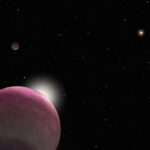 07Binary star systems are complex astronomical objects − a new AI approach could pin down their properties quickly
07Binary star systems are complex astronomical objects − a new AI approach could pin down their properties quickly












